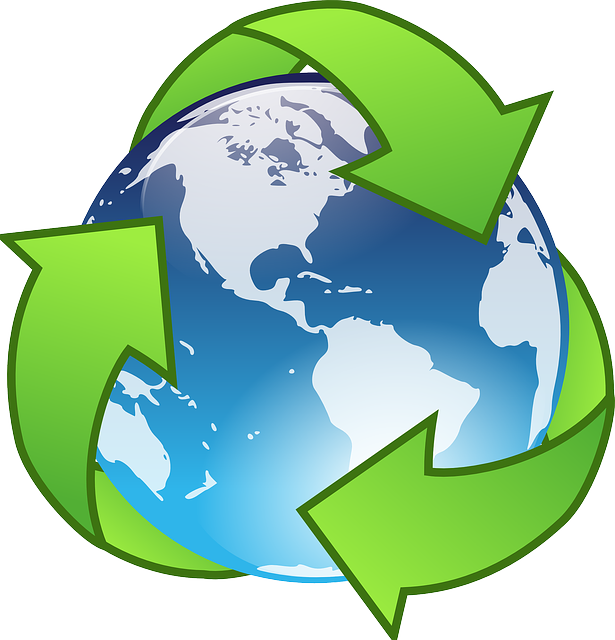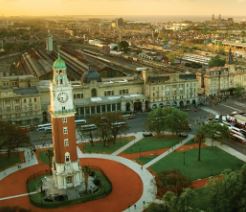[vc_row][vc_column width=”1/2″][vc_column_text]
Bahamas
The Bahamas was the 190th largest economy in the world by nominal GDP in 2018. Its GDP per capita was $30,762 USD. Its economy is dominated by tourism and financial services. It is made up of over 700 islands. It is a member of Caricom. Services was the largest economic sector in 2017 (75 percent of GDP), followed by manufacturing (2.6 percent), and agriculture (1 percent). The largest export sectors were services (69.38 percent), minerals (9.23 percent), vehicles (7.92 percent), and chemicals (5.41 percent). The largest individual exports were travel and tourism (63 percent), cargo ships and similar vessels (7.6 percent), polymers of styrene (5.4 percent), and refined petroleum (4.86 percent). Its largest export partners were the USA (40.8 percent), Poland (21.44 percent), Nicaragua (6.34 percent), and India (3.04 percent). The largest goods imports were cargo ships and similar vessels (27.3 percent), refined petroleum (16.6 percent), and crude oil (15.6 percent). British control of the islands brought slaves and cotton, but the conditions proved ill-suited for cotton. After emancipation, many former slaves turned to subsistence farming or sharecropping. Prior to World War Two, several other crop types were tried, including pineapple and sisal, but none led to a sustained export industry. Sea sponges were the main export up until diseases decimated the industry in the 1940s. In 1950, the Bahamas Development Board was established to grow the tourism industry and the industry boomed. It benefitted from the post World War Two prosperity in the US and advancements in air travel. In 1955, a "Freeport" zone was established in the island of Grand Bahama, which led to strong growth in tourism and manufacturing activities. From the late 1960s, offshore banking became a growing industry. Changes in US tax laws saw US banks look outwards and a favourable tax and legal environment in the Bahamas along with its proximity made it a popular destination. The Bahamas gained independence from Britain in 1973. Public debt has risen in the 2010s, but the government has introduced reforms to bring this down. In 2015, the government began developing a long-term non-partisan development plan: Vision 2040. In 2019, the country was devastated by Hurricane Dorian.
[/vc_column_text][vc_column_text] Its population in 2018 was 399,285 [1]
Its population in 2018 was 399,285 [1]
 In 2015, 1.21% of its total energy
In 2015, 1.21% of its total energy
consumption was renewable [2]
 In 2021, its GDP grew by 13.72% [2]
In 2021, its GDP grew by 13.72% [2]
 In 2021 it had a negative Current
In 2021 it had a negative Current
Account Balance of US$bn 2.15 [3]
 Its unemployment rate in 2021 was 18.15% [3]
Its unemployment rate in 2021 was 18.15% [3]
What free trade areas or economic unions is it a member of?
None
[/vc_column_text][vc_column_text]What trade deals are there with other countries and economic unions?
None
[/vc_column_text][/vc_column][vc_column width=”1/2″][vc_column_text]PwC Bermuda: New Tech and Cybercrime Top List of Concerns in Reinsurance Survey
Ernst & Young, Argentina: The List from Black to White – Argentina Redefines Income Tax Law
Trade with the United Kingdom
Source: UK Office for National Statistics, October 2022.
Contains public sector information licensed under the Open Government Licence v3.0.
Loading, Please Wait!
This may take a second or two.


















































































